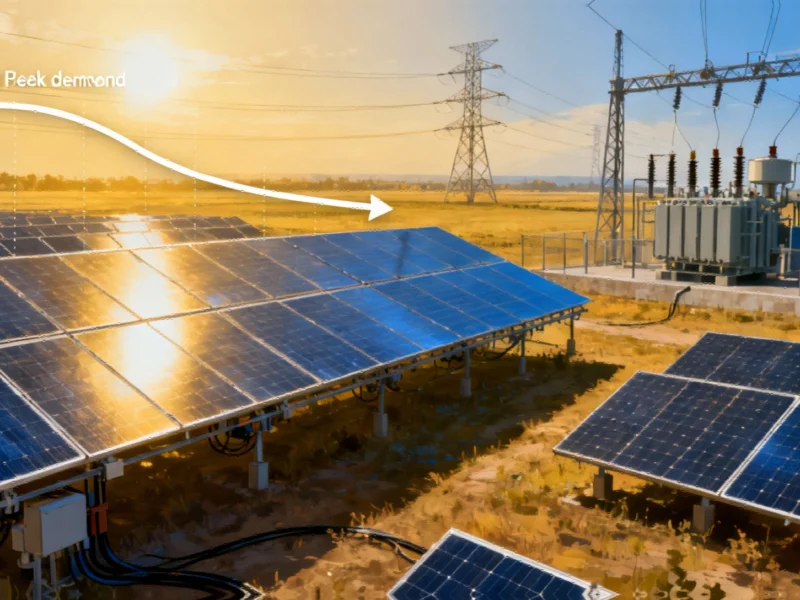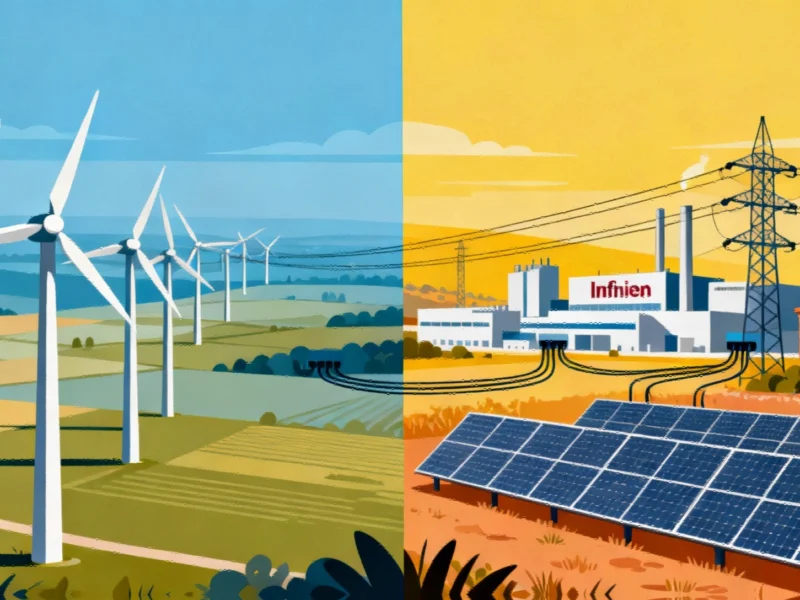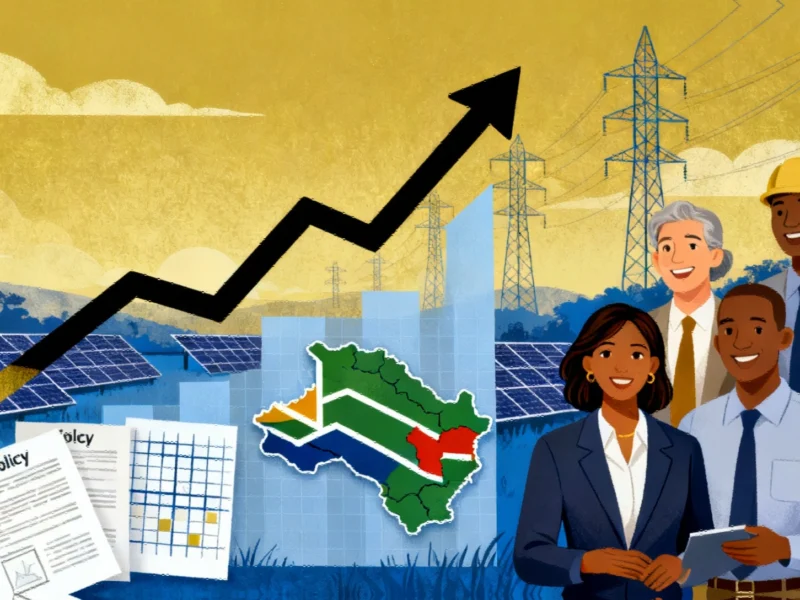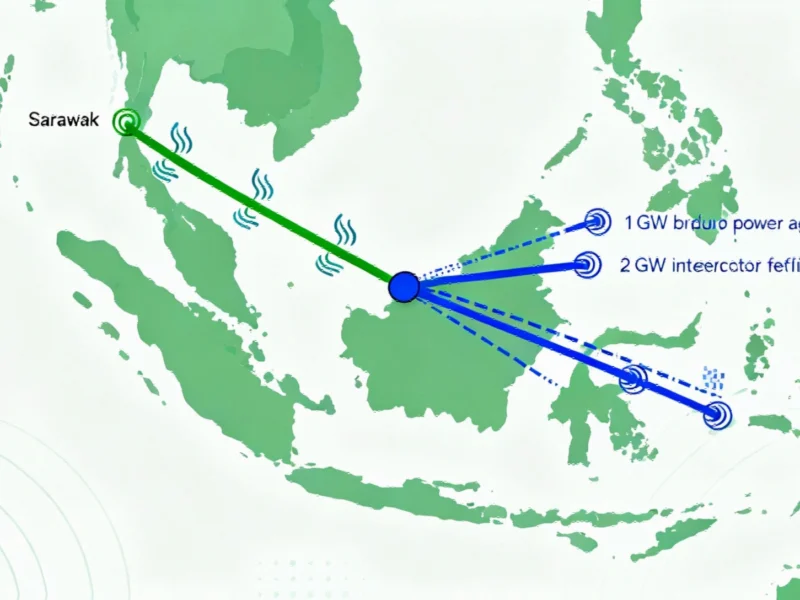Private Sector Drives Unprecedented Solar Expansion
South Africa is experiencing a remarkable energy transformation, with industrial companies emerging as the primary catalyst for solar power adoption across the nation. According to Dr François Rozon, senior researcher at Stellenbosch University’s Centre for Renewable and Sustainable Energy Studies, the industrial sector has already installed an impressive 4 GW of solar generating capacity. This private sector initiative represents double the capacity installed by the country’s independent power producers for public consumption, marking a significant shift in the nation’s energy landscape. The rapid adoption of solar technology by businesses demonstrates how South Africa’s solar surge is being fueled by the industrial sector through practical economic decisions rather than government mandates.
“This is a major acceleration,” Dr Rozon affirmed during his presentation at the Solar & Storage Live Cape Town 2025 conference. “Right now, the economics are driving it.” The financial appeal of solar installations has become undeniable for South African businesses, with many companies recouping their investment within just two to three years. This rapid return on investment has created a virtuous cycle of adoption and expansion across industrial operations nationwide.
Grid Transformation and Economic Impacts
The widespread installation of industrial solar capacity is already producing measurable effects on South Africa’s energy infrastructure. Dr Rozon highlighted that “peak demand in South Africa is now 20% lower than it was a few years ago,” attributing this significant reduction directly to private solar power deployment. This demand reduction represents a major achievement in a country that has struggled with electricity shortages and load-shedding for years.
The decentralization of power generation through industrial solar installations creates a dual benefit for grid stability. While local solar plants reduce dependency on the national grid, their integration actually strengthens overall system resilience when properly connected. This phenomenon mirrors trends seen in other sectors where technology investments initially show explosive growth before market correction, though solar adoption appears to be maintaining its momentum through clear economic advantages.
Regional Integration Challenges and Opportunities
Dr Rozon contrasted Southern Africa’s energy connectivity with the highly integrated European grid system, noting that the region lacks the robust interconnections that enhance resilience across national borders. The current transmission connection between South Africa and Namibia only permits power export from South Africa, not imports, despite Namibia’s development of major solar power plants.
“I know there was a plan to establish a power import connection between the two countries, to allow South Africa to access this energy, but I don’t know the timescale for it,” Dr Rozon stated. This limitation highlights the need for improved regional energy cooperation, similar to how strategic partnerships in other industries are driving European innovation through cross-border collaboration.
Community Impact and Municipal Innovation
The application of solar power extends beyond industrial uses to community transformation, particularly in rural areas where electrification rates remain low across much of Africa. Dr Rozon emphasized that while microgrid electricity tends to be more expensive than conventional grid power, it often represents the only viable option for remote communities.
He cited a compelling example from Kenya where microgrid-generated electricity enabled mobile grain processing units to serve villages directly, eliminating the need and cost of transporting grain to distant processing facilities. This practical application demonstrates how energy access can stimulate local economic development and create self-sustaining communities.
Closer to home, Dr Rozon praised Cape Town’s progressive policy of purchasing surplus solar power from industrial producers. “I celebrate the fact that Cape Town is allowing these bilateral contracts,” he enthused. “I wish all municipalities would understand this. This, we need to see more of.” This approach not only reduces energy costs for the city but creates additional revenue streams for businesses with solar installations, similar to how strategic investments in various sectors can create multiple revenue opportunities when properly structured.
Broader Industrial Implications
The solar revolution in South African industry reflects broader global trends in energy and technology adoption. As businesses increasingly take control of their energy needs, we’re seeing parallel developments in other sectors where companies are leveraging technology for operational independence. This movement echoes patterns observed in the data center industry’s strategic repositioning and the growing emphasis on sustainable operations across multiple industries.
The rapid payback period of two to three years for industrial solar installations makes the technology particularly attractive in the current economic climate, where businesses face multiple pressures. This financial viability stands in contrast to other sectors experiencing significant challenges from tariff structures and regulatory pressures that complicate investment decisions.
Furthermore, the growing participation of diverse talent in technology-driven industries suggests that South Africa’s solar success could benefit from the same principles driving innovation elsewhere. As seen in how inclusive approaches are transforming technology sectors, bringing diverse perspectives to renewable energy development could accelerate innovation and implementation across the African continent.
Future Outlook and Strategic Importance
The continued growth of industrial solar adoption in South Africa represents more than just an energy story—it signals a fundamental shift in how businesses approach operational resilience and cost management. As companies increasingly generate their own power, they’re not only reducing their electricity costs but also insulating themselves from grid instability and contributing to national energy security.
This bottom-up approach to energy infrastructure development, driven by economic imperatives rather than top-down planning, may prove to be a more sustainable model for energy transformation in emerging markets. The success of industrial solar adoption in South Africa offers valuable lessons for other nations seeking to balance economic growth with sustainable energy development.
As Dr Rozon’s analysis makes clear, when the economics align with environmental and operational benefits, adoption follows naturally. The challenge for policymakers and industry leaders now is to build on this momentum, creating the regulatory frameworks and infrastructure needed to maximize the potential of this renewable energy revolution.
Based on reporting by {‘uri’: ‘engineeringnews.co.za’, ‘dataType’: ‘news’, ‘title’: ‘Engineering News’, ‘description’: ‘Engineering News Online provides real time news reportage through originated written, video and audio material. Each week, an average of 240899-page impressions are generated by over 64 719 online readers. ‘, ‘location’: {‘type’: ‘place’, ‘geoNamesId’: ‘993800’, ‘label’: {‘eng’: ‘Johannesburg’}, ‘population’: 2026469, ‘lat’: -26.20227, ‘long’: 28.04363, ‘country’: {‘type’: ‘country’, ‘geoNamesId’: ‘953987’, ‘label’: {‘eng’: ‘South Africa’}, ‘population’: 49000000, ‘lat’: -29, ‘long’: 24, ‘area’: 1219912, ‘continent’: ‘Africa’}}, ‘locationValidated’: False, ‘ranking’: {‘importanceRank’: 383187, ‘alexaGlobalRank’: 103084, ‘alexaCountryRank’: 1386}}. This article aggregates information from publicly available sources. All trademarks and copyrights belong to their respective owners.



